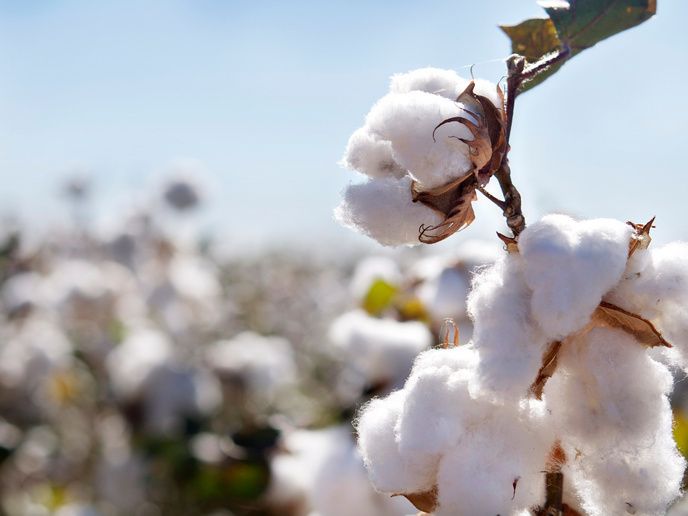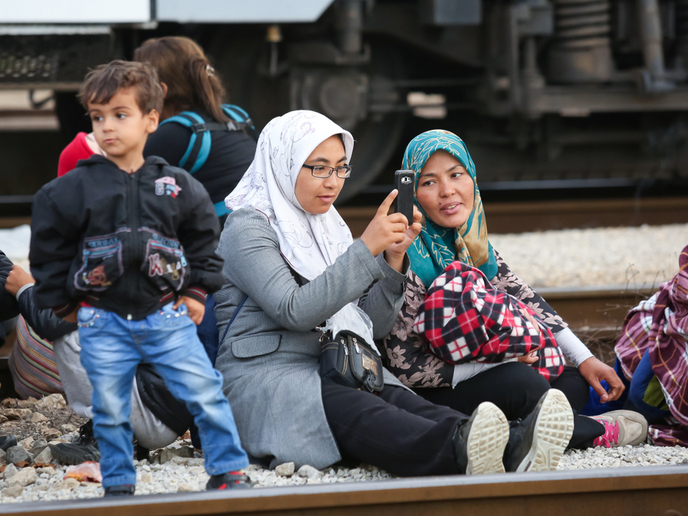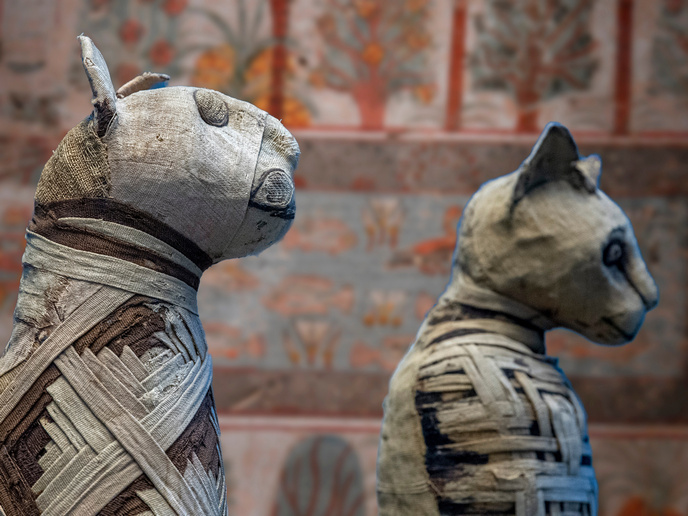Tracing the evolution of global cotton manufacturing
Cotton manufacturing has been at the core of global trade for hundreds of years. Textiles have been produced almost all around the world, yet the major export centres have moved continents several times in the past 250 years, from Asia to Europe and the United States, and back to Asia. While the transformation in this industry has been well documented, the underlying reasons are still unclear. It has been argued that lowered wage costs have led to a ‘race to the bottom’, but this cannot explain why textile production survived and thrived in some regions and time periods over others. The EU-funded TextileLab project explored both macro and microeconomic trends in the global relocation of textile production. A team of researchers led by Elise van Nederveen Meerkerk, professor of Economic and Social History at the University of Utrecht, investigated the extent to which household livelihood strategies, gender divisions of work and local consumption preferences impacted textile manufacturing around the world.
A multimodal investigation of cotton manufacturing history
The TextileLab project, which received support from the European Research Council, used a mix of qualitative and quantitative methods to explore the relationship between consumption patterns and labour division within textile production. This included creating new databases detailing wages for men, women and children working in the industry over time, as well as detailed analysis of archival material and historical household budgets.
Gaining insights about local circumstances
One of the project’s main results was that the choice for men or women to work in local industries depended very much on the opportunities to work in local agriculture. “Instead of generic cultural arguments why women would not be able to work in specific countries, the preferences of households to either send their daughters, women or men to the factory were leading, and depended greatly on local economic conditions,” says van Nederveen Meerkerk. Through the various individual research projects that formed TextileLab, including case studies in three continents, the project published a series of papers in peer-reviewed journals and two monographs (both published by Palgrave Macmillan).
Exploring historical and current perspectives
The findings also hold lessons for the global division of labour in the present day. During the COVID-19 pandemic, patterns emerged that were related to production, consumption and household choices in the division of labour. “In many households around the world, while homeworking became the norm, the burden of caregiving for children who also suddenly could not attend school, or for elderly family members, was excessively borne by women,” explains van Nederveen Meerkerk. “This also affected their productivity in paid labour.” The research also indicated that until the second half of the 20th century, colonial relations restricted the development of free markets, local industries and economic growth. Yet at the same time, individuals and households had consumptive habits that the imports of Western products could not fulfil. This meant opportunities for local industries more geared to local tastes and market developments for both handicraft (Sub-Saharan Africa, India and Indonesia) and modern industrial textile products made locally (e.g. China and India). “The lesson from all this is that local consumption and national markets can be a source of economic development for the global south, but postcolonial global relations would need to be geared towards such a model,” adds van Nederveen Meerkerk. “This would require different international trade agreements, as well as a diminished role for multinational corporations.”
Keywords
TextileLab, multimodal, investigation, cotton manufacturing, history, historical, current, perspectives







